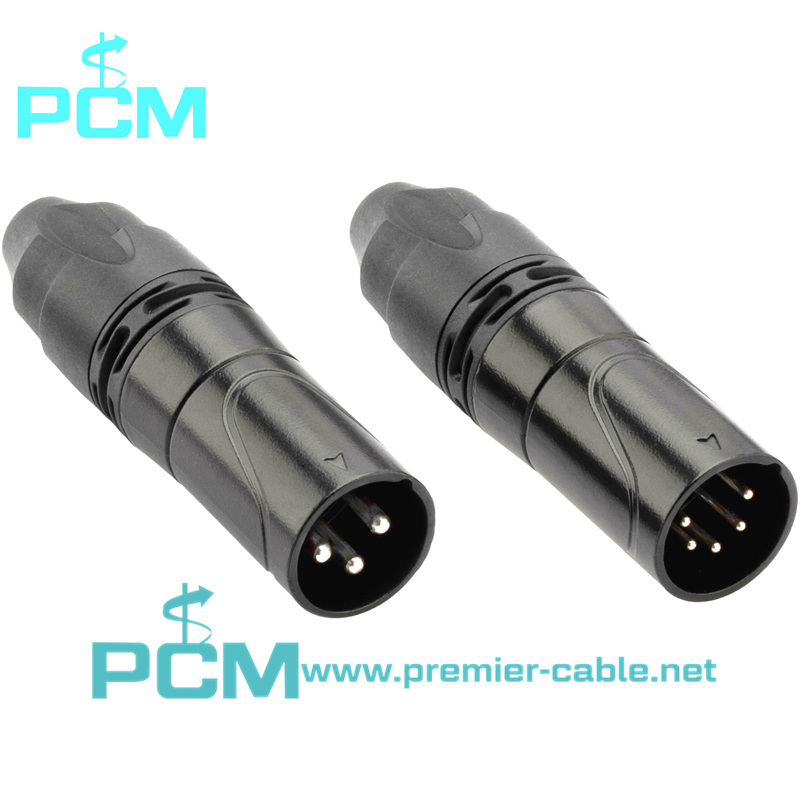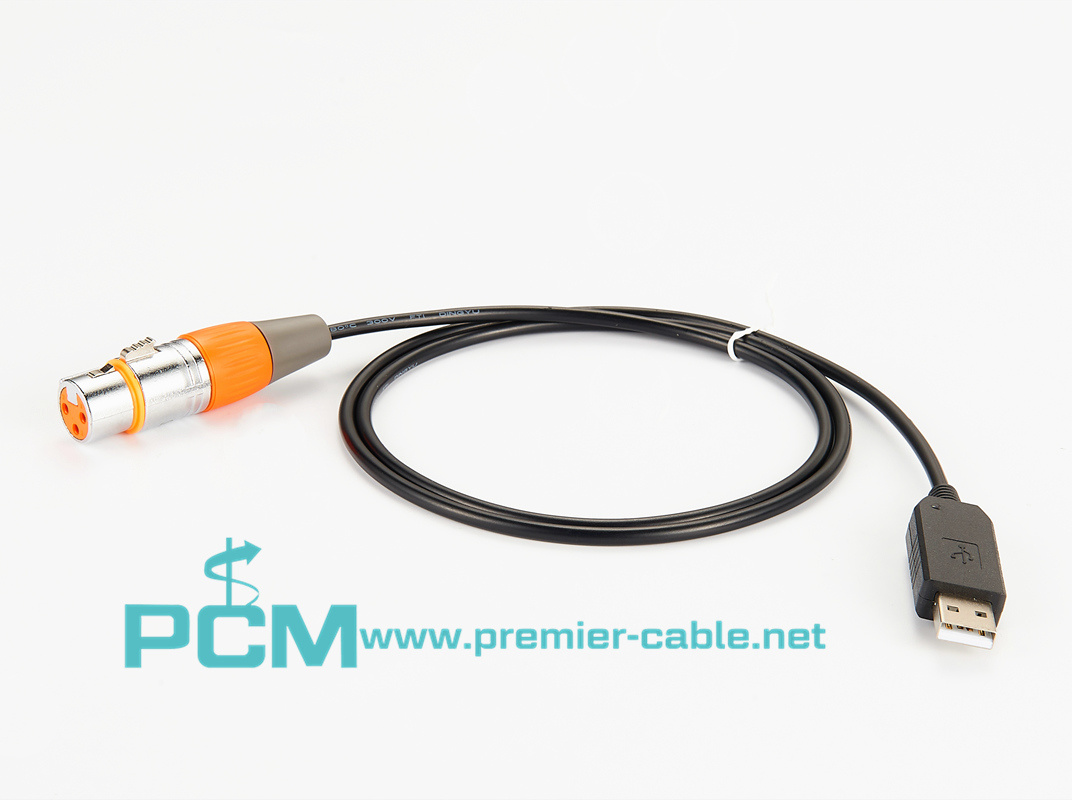 Esperanto
Esperanto
 Shqiptare
Shqiptare
 Euskara
Euskara
 Zulu
Zulu
 Latinus
Latinus
 Cymraeg
Cymraeg
 தமிழ்
தமிழ்
 Slovak
Slovak
 Slovak
Slovak
 Afrikaans
Afrikaans
News Center
What is DMX512 protocol DMX512 digital lighting control system introduction ?
Publish:
2022-06-25 07:18
Source:
www.premier-cable.net
What is DMX512 protocol DMX512 digital lighting control system introduction ?
The lighting system that performs dimming control based on the DMX512 control protocol is called a digital lighting system. At present, various stage lighting equipment, including computer lights, dimming controllers, consoles, color changers, electric booms, etc., have fully realized dimming with their full support for the DMX512 protocol. The digitalization of control, and on this basis, gradually tend to be computerized and networked. Therefore, for film and television lighting designers and operators, it is very necessary to understand the program structure, control principle and application points of the DMX512 control protocol.
1. DMX512 lighting control protocol
DMX is the abbreviation of Digital MultipleX, which means multiple digital transmission. DMX512 control protocol is an industrial standard for data transmission between lighting controllers and lighting equipment released by the United States Stage Lighting Association (usITT) in 1990. The full name is USITT DMX512 (1990), including electrical characteristics, data protocols, data formats, etc. .
Each DMX control byte is called a command frame, called a control channel, which can control one or several functions of the lighting equipment. A DMX instruction frame is composed of 1 start bit, 8 data bits and 2 end bits in total, and adopts one-way asynchronous serial transmission, as shown in Figure 1.
2. The basic mechanism of DMX512 protocol
A DMX interface can control up to 5l2 channels, because the computer lights generally have several to dozens of functions, so. A computer light needs to occupy as few as a few to as many as dozens of control channels. Let's take a look at the control process and principle of DMx5l2 through a DMX channel table of a small fixture with simple functions and fewer channels.
The fixture has eight DMX control channels, one color wheel, and two gobo wheels. It has functions such as dimming, strobe, moving head, and changing light color and pattern. The DMX channel number, channel code, and corresponding functions are shown in Table 2. Show.
3.1 Application characteristics of DMX interface
The DMX512 standard stipulates that the DMX interface uses a 5-core card interface, of which 1 core is grounded, 2, 3 and 4, 5 cores transmit control signals (2, 4 are inverting terminals, 3, 5 are non-inverting terminals), 4, 5 cores are the original It is intended to transmit information such as the status and error detection of lighting equipment, and then idle it.
The reason why it is required to use a 5-pin card socket instead of the more common 3-pin socket is to prevent accidental misconnection with the 3-pin socket commonly used in professional audio, because the audio equipment is connected to the condenser microphone. The core card can provide 48v phantom voltage to the outside, this kind of wrong connection can easily burn out the internal circuit.
Despite this, many computer lights still use 3-pin card sockets. If there are two kinds of XLR ports coexisting, an adapter should be used for correct transfer.
All digital lighting equipment has a DMX input interface and a DMX output interface. The DMX512 control protocol allows various lighting equipment to be mixed and connected. In use, the DMX output interface of the previous device can be directly connected to the input interface of the next device. stand up.
However, it should be clear that this seemingly serial link structure is actually parallel to the DMX control signal.
The high common-mode rejection capability of the operational amplifier circuit can greatly improve the anti-interference capability of the DMX control signal, which is why the DMX512 control signal adopts balanced transmission.
According to the DMX512 protocol standard, each DMX interface can only control up to 32 unit loads on the premise that the total number of channels controlled by the lamps does not exceed 512.
When there are more than 32 computer lights, silicon boxes, color changers or other lighting devices that support the DMX512 control protocol, but the total number of control channels is far from reaching 512, a DMX distributor can be used to divide a DMX signal into multiple DMX branches. On the one hand, it is convenient to connect various lighting devices on the light stand nearby, and on the other hand, each branch can drive 32 unit loads.
However, the total number of channels controlled by each DMX branch belonging to the same DMX link still cannot exceed 512.
3.4 DMX Terminator
The DMX terminator is a XLR connector connected to the DMX output interface of the last lighting device of each DMX branch. The end of the DMX branch is closed.
Due to the high frequency of DMX control pulses, when the transmission line is blocked, it has the nature to return to the original path. In this way, the signal returned from the original path will be superimposed with the later signal, which is very likely to cause errors in the DMX control instructions, so that the scanner cannot work normally. Decoding, there is an action error or control failure.
Therefore, connecting a terminator to the DMX output interface of the last scanner is beneficial to ensure the stable operation of the scanner.
Compared with the traditional analog dimming system, the digital lighting system based on the DMXS12 control protocol has brought earth-shaking changes to the lighting effects of large and medium-sized film and television studios and variety show stages with its powerful control functions.
However, the DMX512 lighting control standard also has some shortcomings, such as the speed is not fast enough, the transmission distance is not far enough, the wiring and initial settings become too cumbersome with the increase of the system scale, etc. In addition, the control data can only be sent from the control end to the controlled unit. One-way transmission cannot detect the working condition and online status of lamps, and is prone to transmission errors.
Later, the revised DMX512-A standard supports two-way transmission, which can return information such as error diagnosis reports of lamps and lanterns, and is compatible with all lighting equipment that conforms to the DMX512 standard. In addition, the decoding circuit of some lighting equipment supports 12-bit and 12-bit data expansion mode, which can obtain more precise control.
DMX Terminator
DMX512 lighting control cable


Related News
What is a terminal block used for?
While there are many factors to consider when designing an overall system, terminal blocks are an optimal solution for complex electrical system connections. With a variety of color options and configurations, Premier Cable’ terminal blocks offer a range of options to meet your design challenges.
CAN-bus has been widely used in various automation control systems. For example, CAN-bus has incomparable advantages in various fields such as automotive electronics, automatic control, smart buildings, power systems, and security monitoring.
Introduction to M12 connector pin coding
M12 encoding types are A encoding, B encoding, D encoding and X encoding. A-code, B-code and X-code are some of the earliest developed and longest-available M12 connectors. The latest M12 coding types currently under development are K coding for AC and L coding for PROFINET DC.
Cables – What are the correct cable sizes for an NMEA 2000 network?
The three different sizes of NMEA 2000 certified DeviceNet standard cabling are "micro," "mid," and "mini."
What are the advantages of NMEA 2000?
The Premier Cable Starter Kits provide everything you need to get to create a basic NMEA 2000 network from scratch.
The role of DeviceNet terminal resistor
DeviceNet_network is a fieldbus network protocol based on Controller Area Network (CAN). In the DeviceNet network, the terminal resistor plays the role of compensation and protection for signal transmission. The function of the terminal resistor is to eliminate signal reflection and interference and ensure the signal transmission quality.
